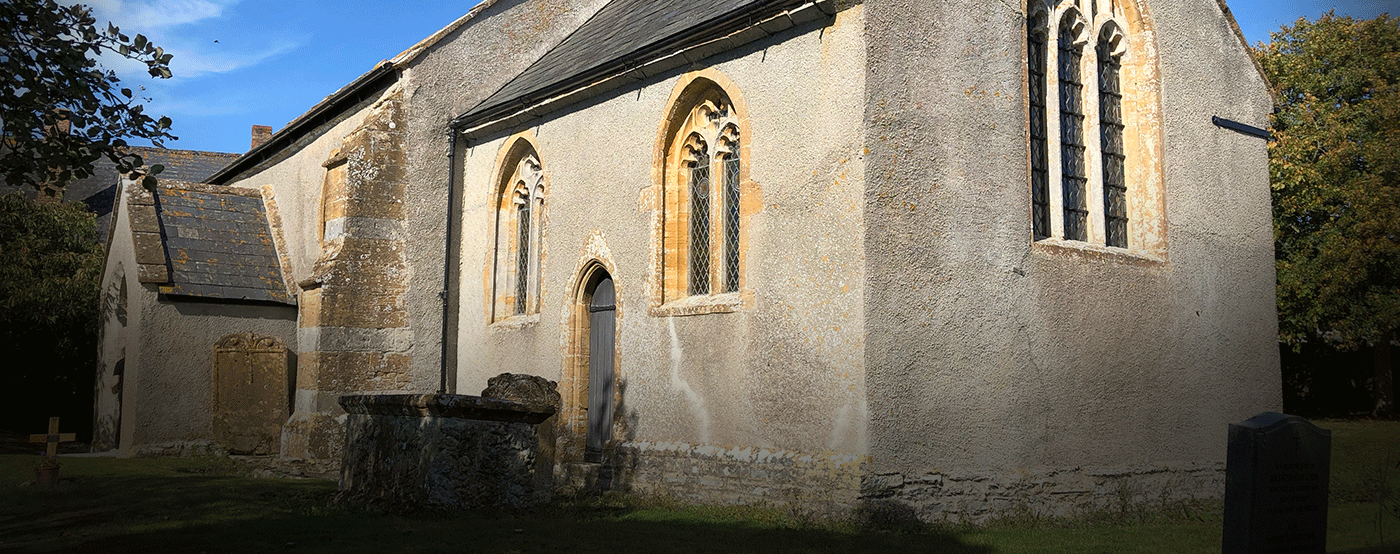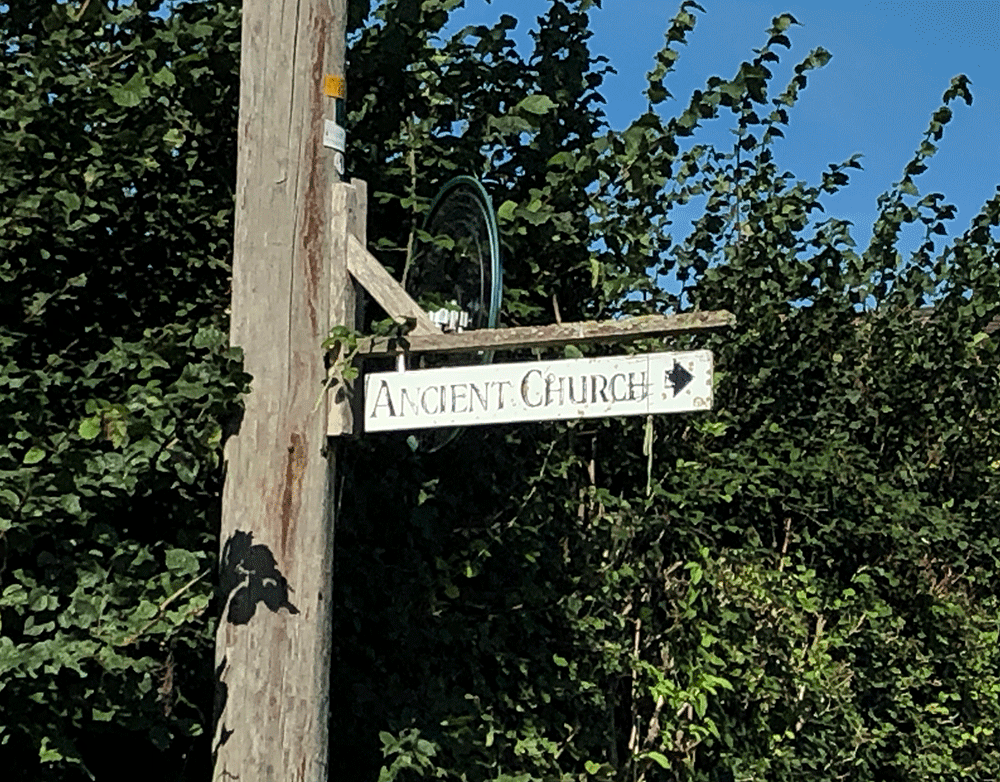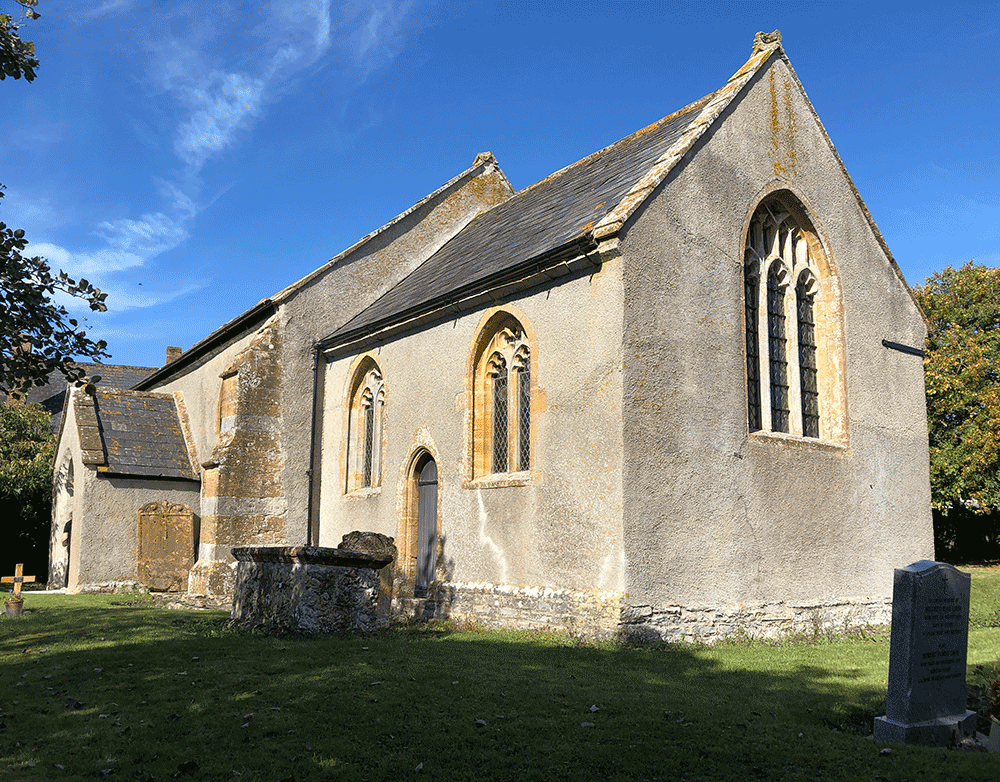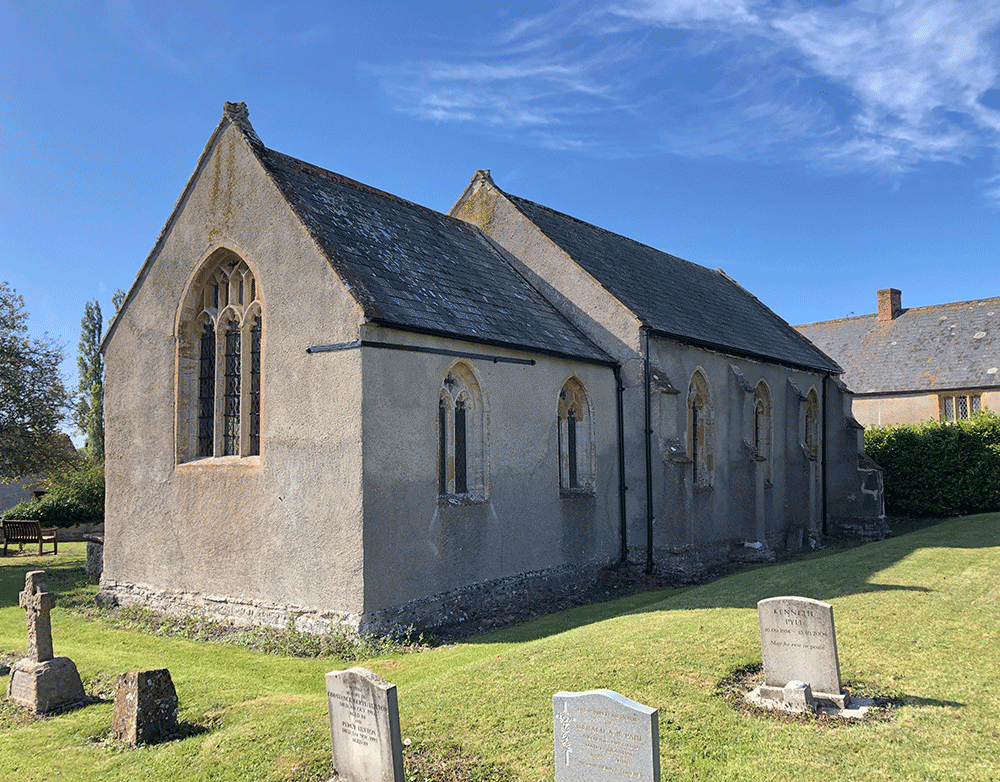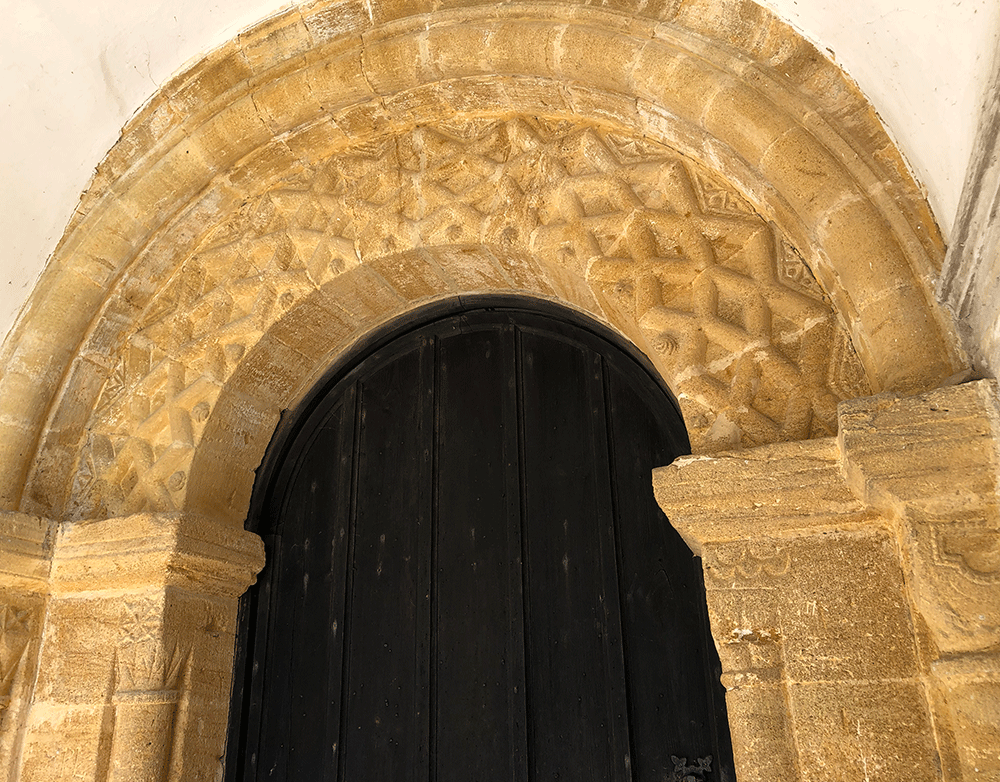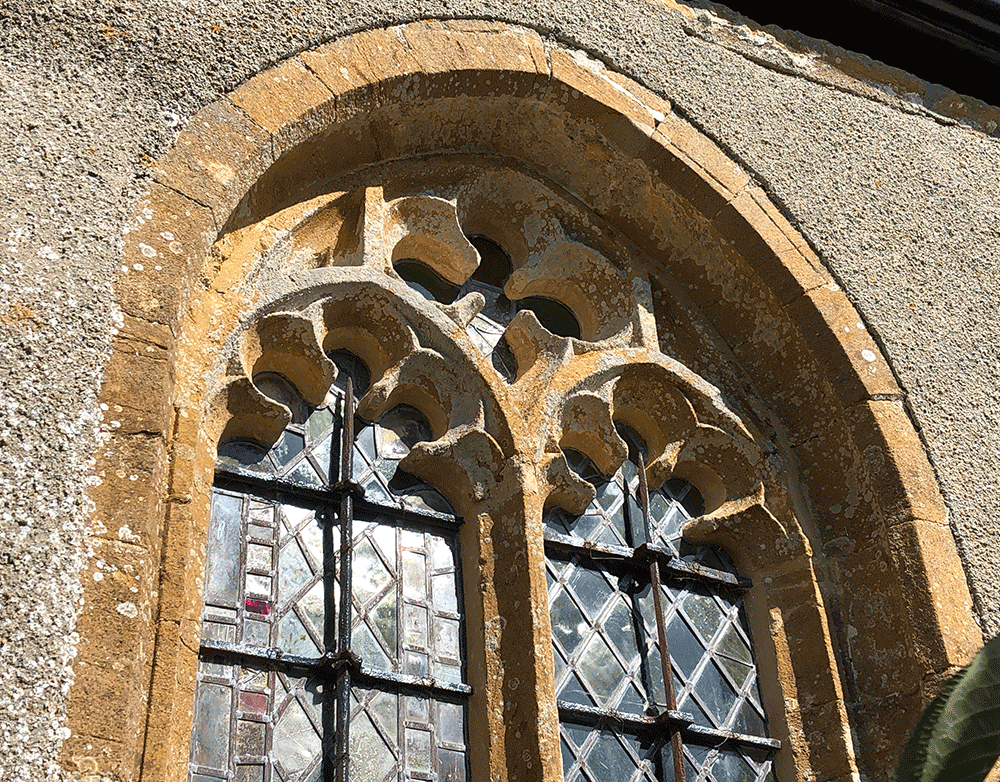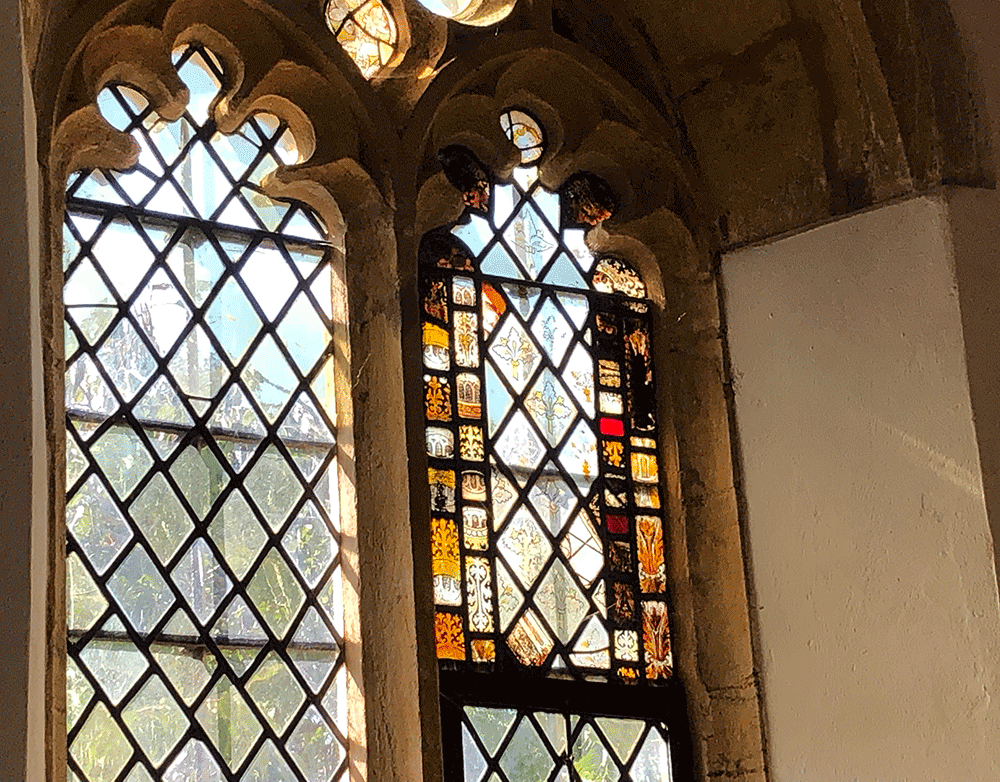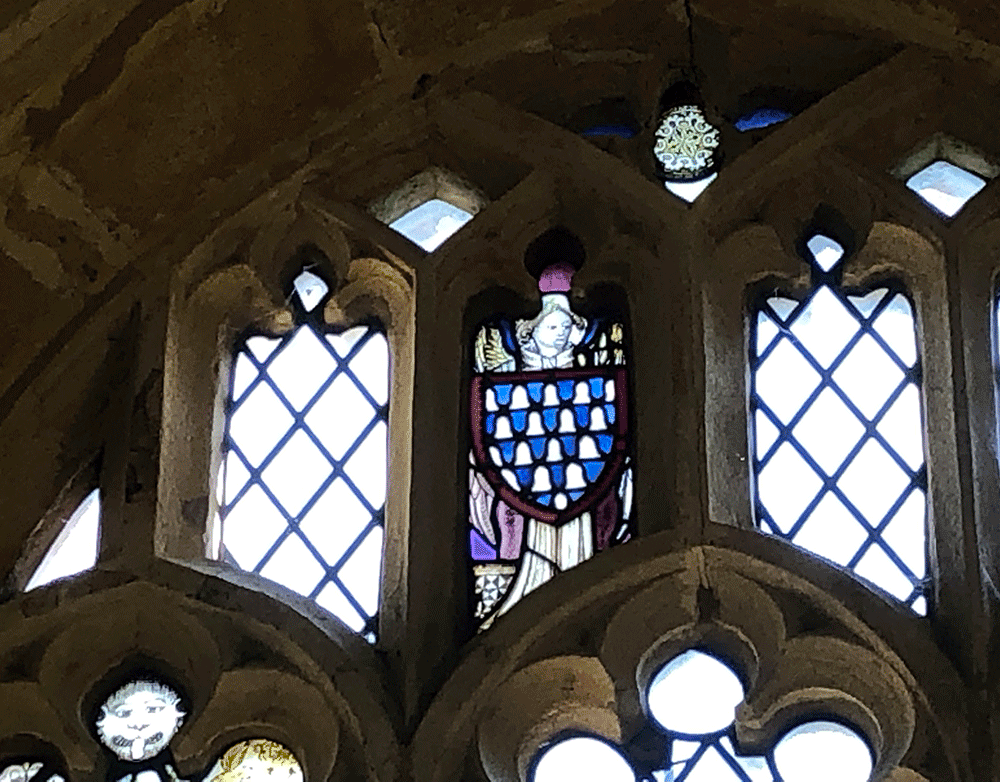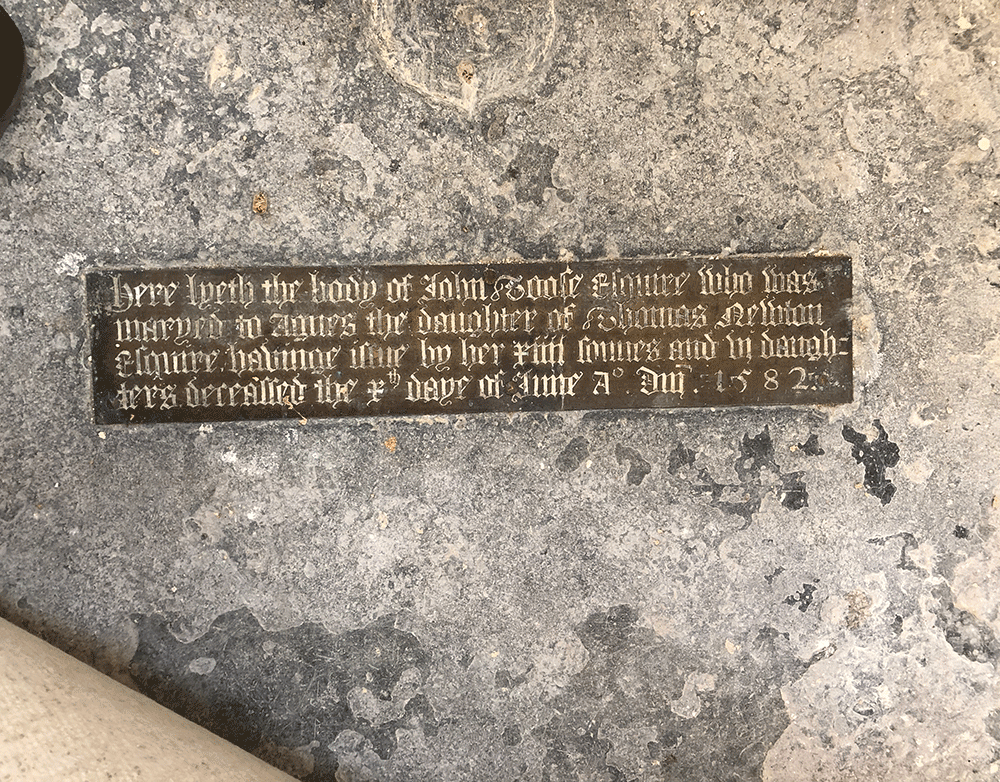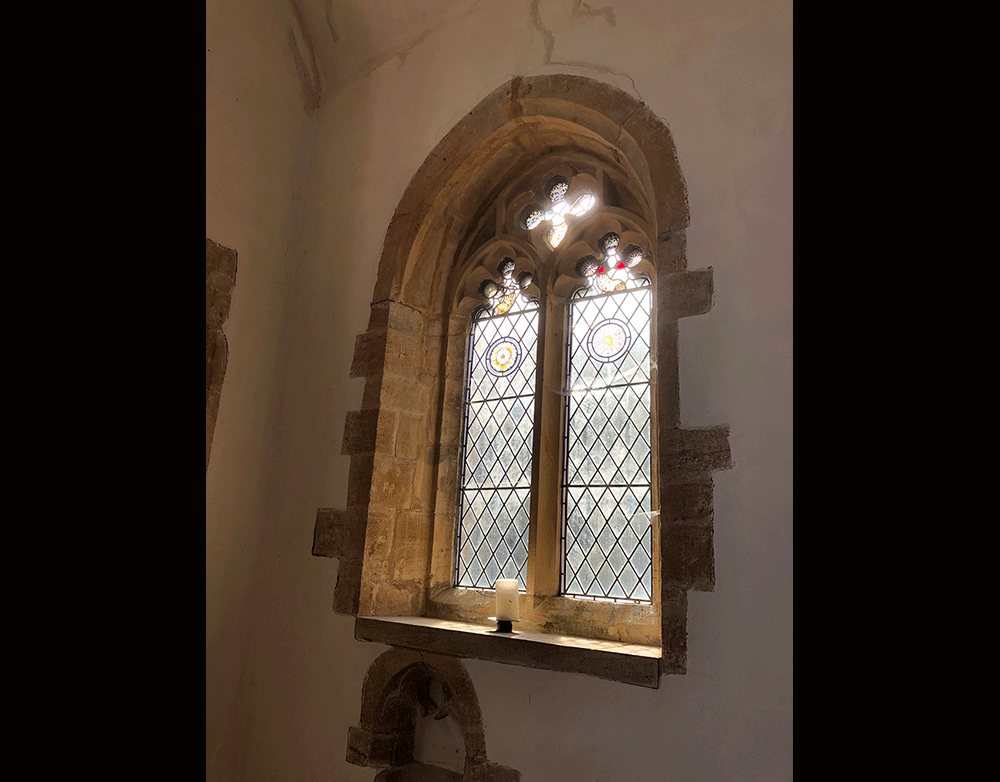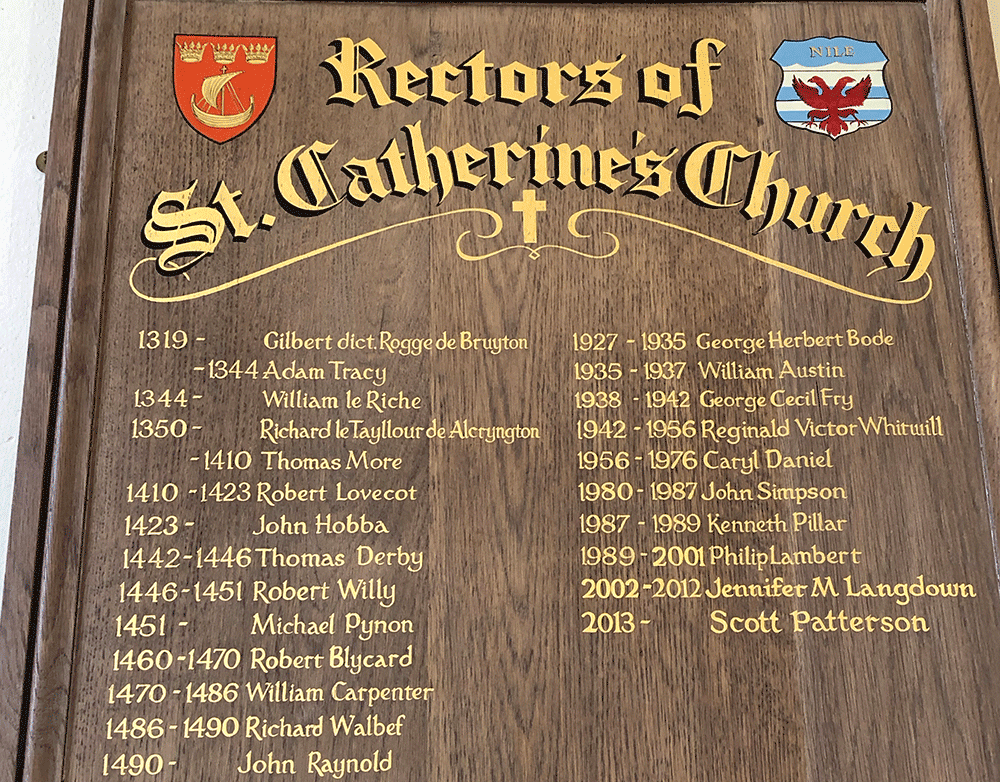Why the Augustinian priory of Bruton is so interesting
Bruton is about 20 miles northeast of Montacute. The Tenant-in-Chiefs at Bruton were Count Robert of Mortain, Robert Son of Gerald, Serlo of Curcy, and King William.
The lords in 1086 were Bretel (de Sancto Claro), Jocelyn (of Rivers), Serlo of Burcy, and King William.
Was this Jocelyn (of Rivers) the same as Jocelyn Bishop of Bath and Wells who later was consecrated to the See on May 28, 1206? (Som-2, p.104)
The choice of which larger religious institution to donate one’s lands and smaller churches to was a very big decision. So the choice of Bruton by William de Esselega provides us further evidence of affinity families.
Bruton was founded in 1142 by William de Moion Earl of Somerset.
Also donating in 1175, John FitzHamon gave the priory at Bruton his church and manor of Charlton Adam. The FitzHamon name is of particular interest.
In one entry in the Hundred Rolls, Walter de Esseleigh’s name was written “Walter de Estoke” because he briefly held Stoke (Trister). That second name was first added in the 13th century and some think it comes from the word tristra, a gathering place for a hunt. This makes sense given its proximity to Selwood forest.
Bates got it right
In the late 1800s, the Reverend E.H. Bates contributed a paper to the “Proceedings of the Somersetshire Archaeological and Natural History Society” entitled “The Family of De Urtaico.”
He pointed out the Bruton Cartulary mention of Walter de Esselega and his wife Felicia (no maiden name mentioned) who gave to the canons of Bruton all the land which they had at Montacute, Bruton, and Langport, and more…and here’s the kicker – “all of which pertained to the inheritance of the said Felicia.”
It’s difficult to argue with a cartulary. This makes it almost certain that Felicia was Bretel St. Clair’s daughter. And that Walter de Ashleigh benefited from her inheritance. And it makes it likely that Ashley won’t turn up to be an affinity family in our DNA study.
This is backed up by the fact that almost all of Britel de St. Clair’s Domesday estates descended to the De Esselegh (Ashley) family. But Stoke Trister was an exception, passing instead to the Del Estra family. This Del Estra / de Lestra family were listed in the Somerset and Dorset Domesday as Feoffe [ Fa-FEE ] of Count Robert of Moretain.
Background of Walter de Esselega
So where was Walter de Ashleigh from? In the Domesday Survey, the best bet is Ashley in the hundred of Cicementone, mentioned in the chapters for Wiltshire and Gloucestershire. It had a recorded population of 13 households in 1086.
Bates backs me up on Esselega’s origins – Wilts and Gloucestershire where he held Ashley, near Malmesbury, and Sutton, near Heytesbury. In Domesday, it was held by Durand of Gloucester – no mention of an Ashley or Esselega. The lord in 1066 was Aldred.
Sources –
Ber 1
Berkeley, James de, F. J. B. Winchester, John de Grandison, Buckfast Abbey, “The Register of John de Grandisson, Bishop of Exeter, (A. D. 1327-1369): 1360-1369, together with the register of institutions” B. Bell & sons, 1899
BHO 1
https://www.british-history.ac.uk/vch/som/vol2/pp134-139
Bru 1 – – Bruton Abbey, “Two Cartularies of the Augustinian Priory of Bruton and the Cluniac Priory of Montacute in the County of Somerset.” Published by Creative Media Partners, LLC ISBN: 9780344254482, 0344254488.
JRH – “JRH 1997” is the only attribution on the small brochure from the church.
KR 1
Keats-Rohan, K. S. B. V-2, “Domesday Descendants: A Prosopography of Persons Occurring in English Documents 1066-1166 II: Pipe Rolls to `Cartae Baronum’ “ (Vol 2) (Hardcover), by K.S.B. Keats-Rohan, Boydell Press (April 15, 2002) ISBN-10: 0851158633, ISBN-13: 978-0851158631
KR-2 – p. 686
OD – Open Domesday by Anna Powell-Smith. Accessed April 10, 2021. https://opendomesday.org/place/ST3623/swell/
Som 1
Somerset Record Society Vol. VIII “Two Cartularies of the Augustinian priory of Bruton and the Cluniac priory of Montacute in the country of Somerset,” Harrison and Sons Printers, London 1894
Som 2
Somerset Archaeological & Natural History Society, “Proceedings during the Year 1882, Volume 28.” Taunton.
FitzHamon – https://www.british-history.ac.uk/vch/glos/vol6/pp185-188

